Seed Funds VS. Accelerators
The best seed funds, like the fund we are trying to build at Angular, have gotten pretty good at adding value and connecting portfolio companies with customers and investors. We’re willing to write big checks (relative to stage) and build great syndicates — and in many cases, we add a fair amount of signaling power.
If a founder has a great seed fund onboard, he or she doesn’t really “need” the benefits of an accelerator — and they are probably not worth the significant dilution that they involve. The seed funds should get the company to the Series A — and we have historically run a very high “Seed to A” conversation rate.
On the flip side, if a founder has already given up 7–10% of their company for an accelerator and another 5–10% to angels, they are already massively diluted going into demo day (sometimes well over 20% for as little as $250K). The only way that sort of dilution makes sense is if they can jack up their valuation on the next round — the one right after (or, if they are lucky, right before) demo day.
As a result, accelerator companies typically go down one of two paths: Thin Rounds or Inflated Rounds.
- Thin Round: In this scenario, the startup tries to raise very little and dilute very little (i.e. $1M on $15M post). Thin Rounds are really challenging for seed funds because they typically mean the seed fund won’t get enough equity to make it work AND the companies are typically under-resourced. Smart seed funds are focused on ownership to make their models work and are focused on derisking the path to Series A. Thin Rounds make both of those things much tougher.
- Inflated Rounds: These rounds (typically ~10M+ on ~$30M+ pre-money) are equally challenging for Seed Funds — basically impossible for them. The fund math just doesn’t work: these are basically Series A rounds in companies that have skipped the seed stage entirely. When a round like this is led by a great Series A firm, it’s a win for everyone. But large rounds are not always great rounds and not all Series A investors are created equal. It’s totally ok and maybe even advisable for a company to skip the seed stage if it can — and most smart seed funds are disciplined enough to know these rounds are not relevant for them.
The death of risk
I don’t know yet if the thesis that Seed Funds and Accelerators can’t really work together is true, but I do think a strong case can be made. To me, this is a consequence of our overly exuberant private tech markets and the perceived “death of risk.” Seed funds work when there is seed risk. But if enough founders and funders don’t believe that seed risk exists, the logic of seed rounds drops away.
Let me be clear — this is not an argument against accelerators. In many cases, accelerators can play a valuable role in the life of a company. But this is a recognition of a fact pattern that seems to be increasingly clear: accelerators and seed funds are competing for the same stage of a company’s lifecycle. The best accelerators and the best seed funds are promising startups the same thing: we will get you to a successful Series A. That is the promise we make at Angular — and, so far, we’re delivering on it. Accelerators — which used to be effective funnels to quality seed rounds are increasingly funneling startups to a three-pronged fork in the road — either (1) a strong Series A (great) or (2) an inflated round (less great) or (3) a thin round (not great at all).
So what’s a seed fund to do in the face of this increased competition?
As always, at Angular, we take this as an injunction to be yet more contrarian and to seek out risk: to back founders and ideas that wouldn’t otherwise get backed — and to go all in. Our philosophy is that high-conviction high-concentration early-stage seed investing is an optimal path both for the investors who know how to do it well and for the founders that are able to benefit from it, but it’s not going to be right for everyone. We believe the most sustainable value is created through close founder-funder relationships which can not be scaled easily and must involve some true “cost” to both parties in the traditional forms of capital, governance, risk, equity, and — significantly — time.
We are all accelerators now.
At the end of the day, the best seed funds (in fact the best VC funds of all stages) are actually all really “accelerators” as well — just that we are highly focused and concentrated on a small set of companies we work extremely closely with and care deeply about.


Recent Comments